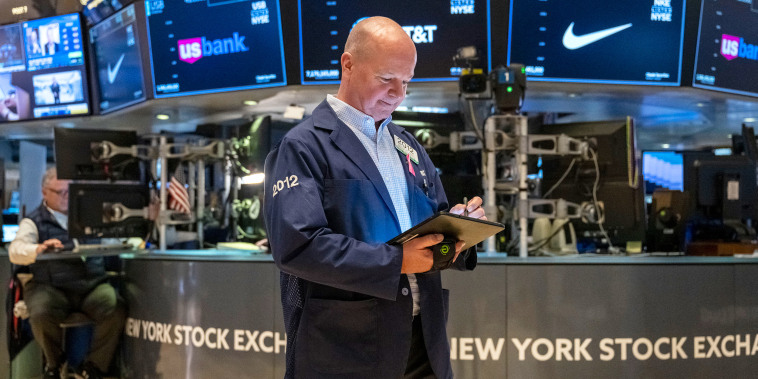Factors Influencing the Dow Rally To 40,000
A diverse array of factors has contributed to the Dow Jones Industrial Average’s (DJIA) rally to 40,000. The DJIA is generally considered to be a reflection of the U.S. economy’s health, and its steady climb signifies the resilience and growth potential of the American marketplace. The key forces driving the DJIA’s surge include robust corporate earnings, fiscal stimulus packages, vaccine rollouts, and ultra-accommodative monetary policy.
1. Strong Corporate Earnings
Strong corporate earnings have been a critical factor in driving the DJIA rally. Many companies listed in the index, such as tech giants Apple and Microsoft and healthcare leader UnitedHealth Group, have reported better-than-expected profits, often outpacing Wall Street predictions. Strong earnings not only increase a company’s market value but also reinforce investor confidence, encouraging more purchasing activity, thus driving the index higher.
2. Fiscal Stimulus and Government Spending
The U.S. government’s massive stimulus packages and expansive public spending in response to the COVID-19 pandemic have provided another significant boost to the DJIA. These financial interventions have helped keep the economy afloat amidst the pandemic and have injected significant liquidity into the market. Increased liquidity often results in increased spending and investment, pushing up the value of stocks and, consequentially, driving the DJIA upwards.
3. Effective COVID-19 Vaccine Rollout
The successful development and distribution of COVID-19 vaccines have significantly boosted market sentiment, with investors optimistic about a speedy return to economic normality. This positive sentiment has directly translated into higher stock values in the DJIA, making the vaccine rollout a critical contributor to the 40,000 mark rally.
4. Ultra-accommodative Monetary Policy
Finally, the Federal Reserve’s ultra-accommodative monetary policy has played a central role in driving the DJIA rally. By maintaining interest rates at near-zero levels and undertaking unprecedented levels of quantitative easing, the Fed has ensured ample liquidity in the market. Low-interest rates make borrowing cheaper, stimulating investment and spending, both of which result in a more robust stock market.
Why the Dow Could Keep Going Up
Looking ahead, several reasons suggest the DJIA could sustain its upward trajectory beyond the 40,000 mark. First, ongoing vaccine rollouts promise a brighter economic outlook, as these enable a quicker bounce-back for sectors ravaged by the pandemic, like travel and hospitality. This bounce-back could translate into improved corporate earnings—again pushing up the DJIA.
Second, additional fiscal stimulus could continue providing economic support, fostering growth and potentially driving the DJIA further. Finally, the Federal Reserve has indicated that it will continue its low-interest policy for the foreseeable future in a bid to secure economic recovery. This prolonged accommodative stance is likely to sustain the surge in the DJIA.
Conclusion
The Dow’s rally is thus not an isolated phenomenon but the outcome of concerted efforts at multiple levels, from corporate to governmental. And with forces like ongoing vaccine rollouts, further fiscal stimulus, and accommodating monetary policy still at play, it’s likely we’ll continue to see the DJIA rise beyond the 40,000 milestone.




